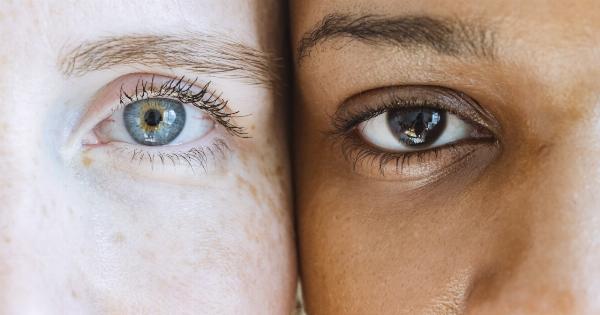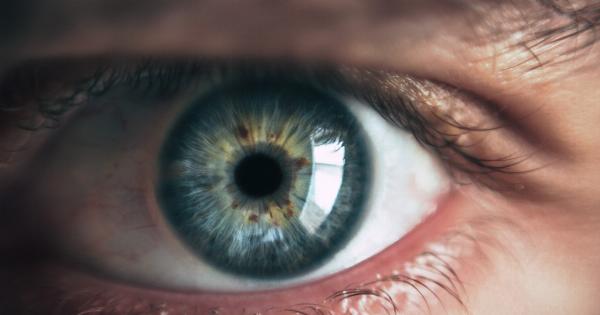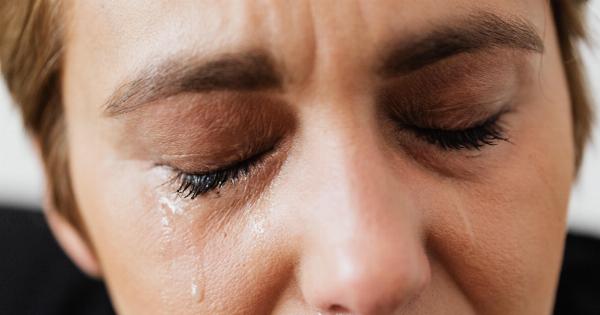Glaucoma is a common eye condition that can cause irreversible vision loss. It occurs when there is an increase in the pressure inside the eye, damaging the optic nerve.
There are different types of glaucoma, each with their own causes, symptoms, and treatments. In this article, we will discuss the main types of glaucoma and their prevention and treatment options.
Types of Glaucoma
There are two main types of glaucoma: primary open-angle glaucoma and angle-closure glaucoma. Other types include normal-tension glaucoma and secondary glaucoma.
Primary Open-Angle Glaucoma
Primary open-angle glaucoma is the most common type of glaucoma. It occurs when the drainage channels in the eye become clogged, causing fluid to build up and increase the pressure inside the eye.
This type of glaucoma usually develops slowly and without any noticeable symptoms until vision loss has already occurred.
Angle-Closure Glaucoma
Angle-closure glaucoma occurs when the iris, the colored part of the eye, blocks the drainage channels, causing a sudden increase in eye pressure.
This type of glaucoma is also known as acute glaucoma because the symptoms can appear suddenly and include severe eye pain, headache, nausea, and blurred vision.
Normal-Tension Glaucoma
Normal-tension glaucoma is a type of primary open-angle glaucoma where the optic nerve is damaged despite having normal eye pressure.
The cause of normal-tension glaucoma is still not fully understood, but it is believed that decreased blood flow to the optic nerve may play a role.
Secondary Glaucoma
Secondary glaucoma occurs as a result of another eye condition or disease, such as diabetic retinopathy, uveitis, or a tumor. It can also occur as a result of an eye injury or use of certain medications.
The treatment for secondary glaucoma depends on the underlying cause.
Symptoms of Glaucoma
Most types of glaucoma do not cause any noticeable symptoms until vision loss has already occurred. This is why regular eye exams are important to detect glaucoma early and prevent vision loss. Some of the symptoms of angle-closure glaucoma include:.
- Severe eye pain
- Headache
- Nausea and vomiting
- Blurred vision
If you experience any of these symptoms, seek immediate medical attention as they could indicate a medical emergency.
Causes of Glaucoma
The exact causes of glaucoma are still not fully understood, but there are several risk factors associated with the condition, including:.
- Age: The risk of developing glaucoma increases as you get older
- Family history: If someone in your family has glaucoma, you are at a higher risk of developing the condition
- Race: African Americans are at a higher risk of developing glaucoma than people of other races
- Medical conditions: Certain medical conditions such as diabetes and high blood pressure increase the risk of developing glaucoma
- Eye injuries: Injuries to the eye can increase the risk of glaucoma
Prevention of Glaucoma
There is no surefire way to prevent glaucoma, but there are several things you can do to reduce your risk, such as:.
- Get regular eye checkups: Regular eye exams can detect glaucoma early and prevent vision loss
- Maintain a healthy lifestyle: Eating a healthy diet and exercising regularly can help reduce the risk of developing glaucoma
- Avoid smoking: Smoking can increase the risk of developing glaucoma
Treatment of Glaucoma
Treatment for glaucoma usually involves lowering the pressure inside the eye to prevent further damage to the optic nerve. This can be done through medication or surgery, depending on the type and severity of glaucoma.
Some of the treatment options include:.
- Eye drops: Eye drops can be used to reduce the pressure inside the eye
- Oral medications: In some cases, oral medications may be prescribed to reduce eye pressure
- Laser surgery: Laser surgery can be used to improve the drainage of fluid from the eye
- Conventional surgery: Conventional surgery can be used to create a new drainage channel in the eye to reduce pressure
Conclusion
Glaucoma is a serious eye condition that can cause irreversible vision loss. Regular eye checkups and early detection are important for preventing vision loss. If you experience symptoms of glaucoma, seek immediate medical attention.
Maintaining a healthy lifestyle and avoiding smoking can reduce the risk of developing glaucoma. Treatment for glaucoma usually involves lowering the pressure inside the eye through medication or surgery.



























